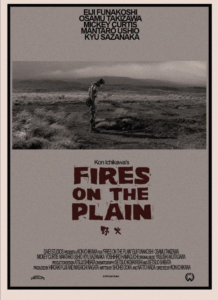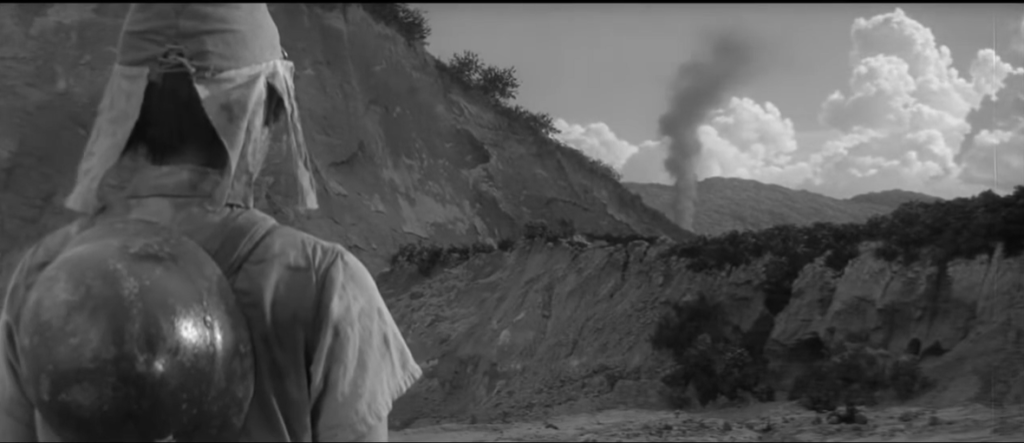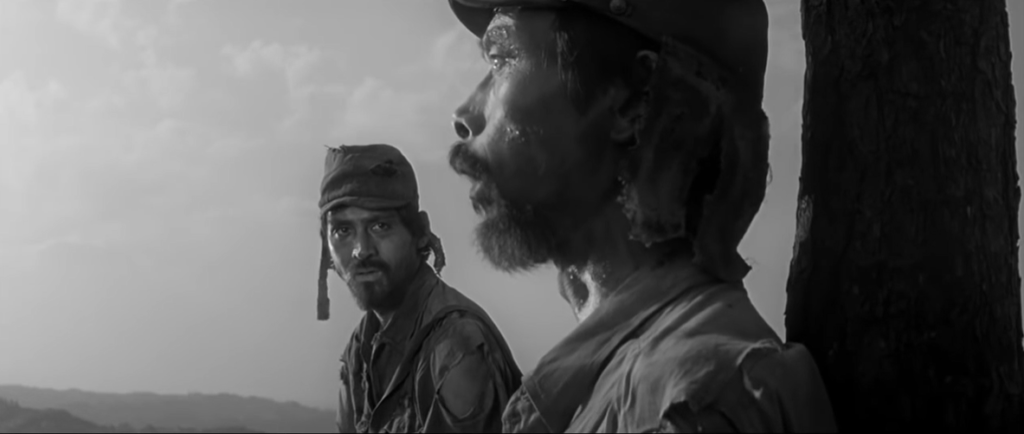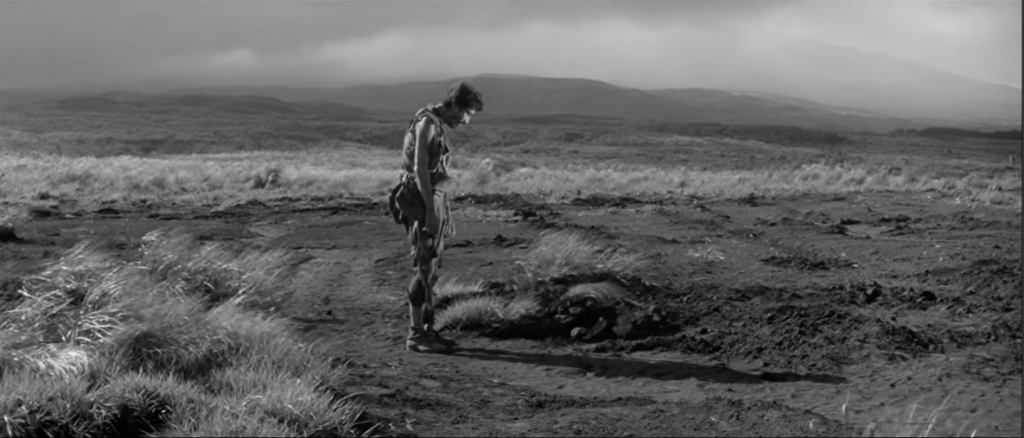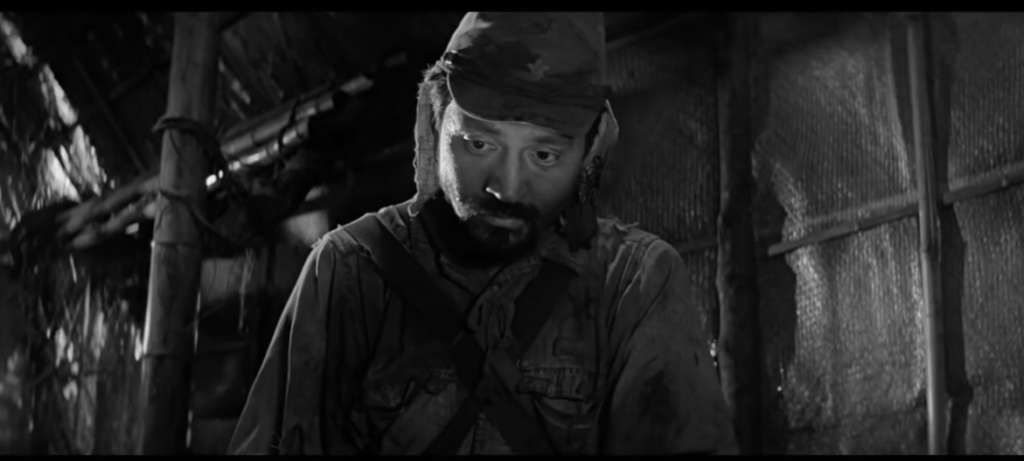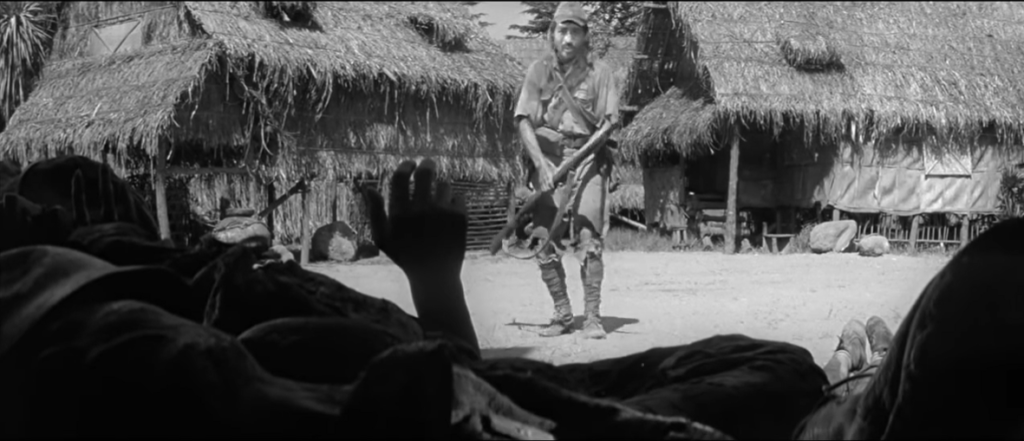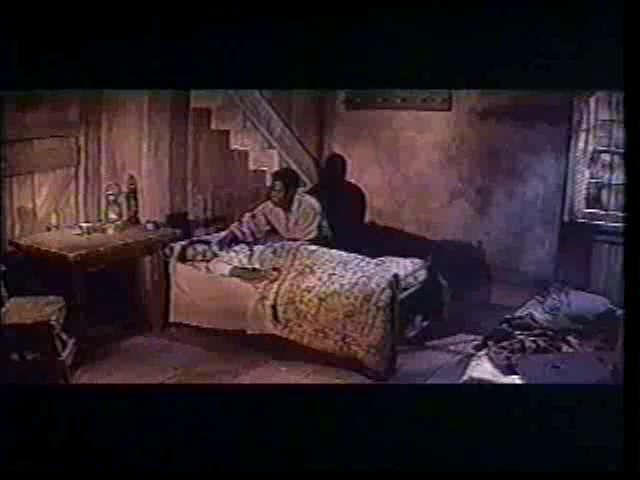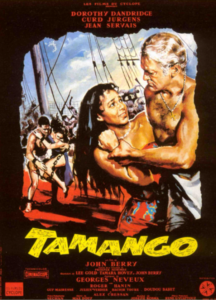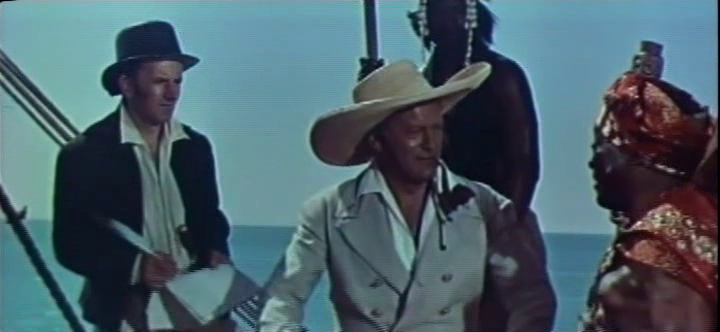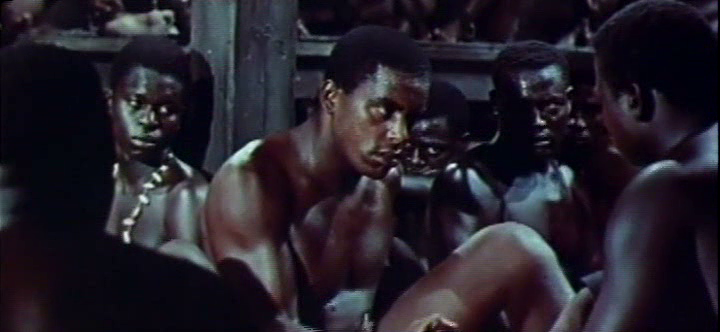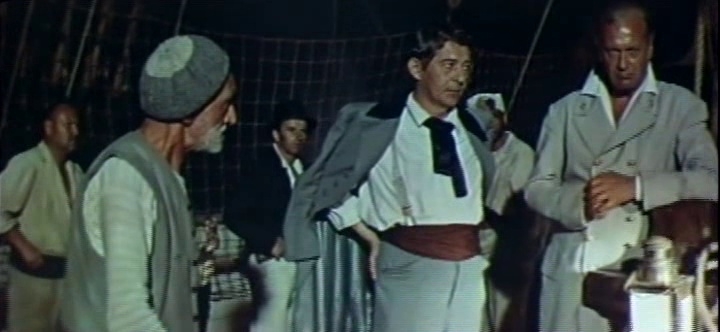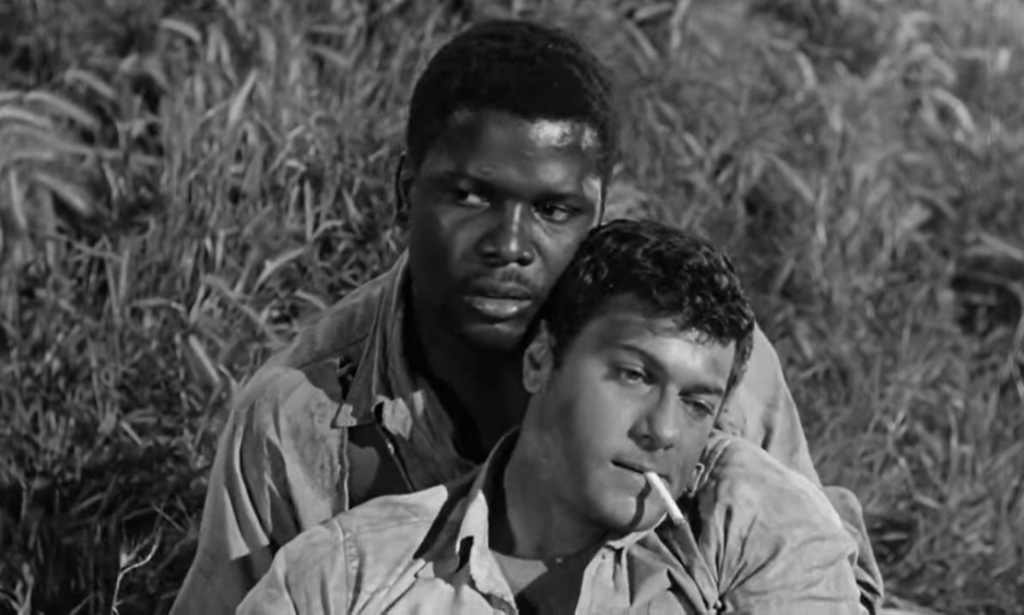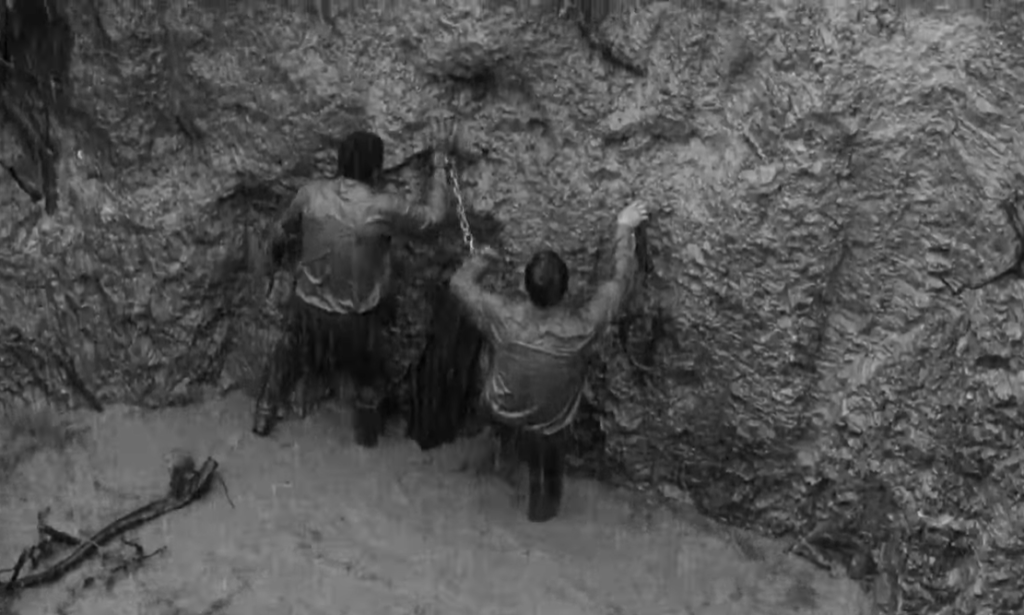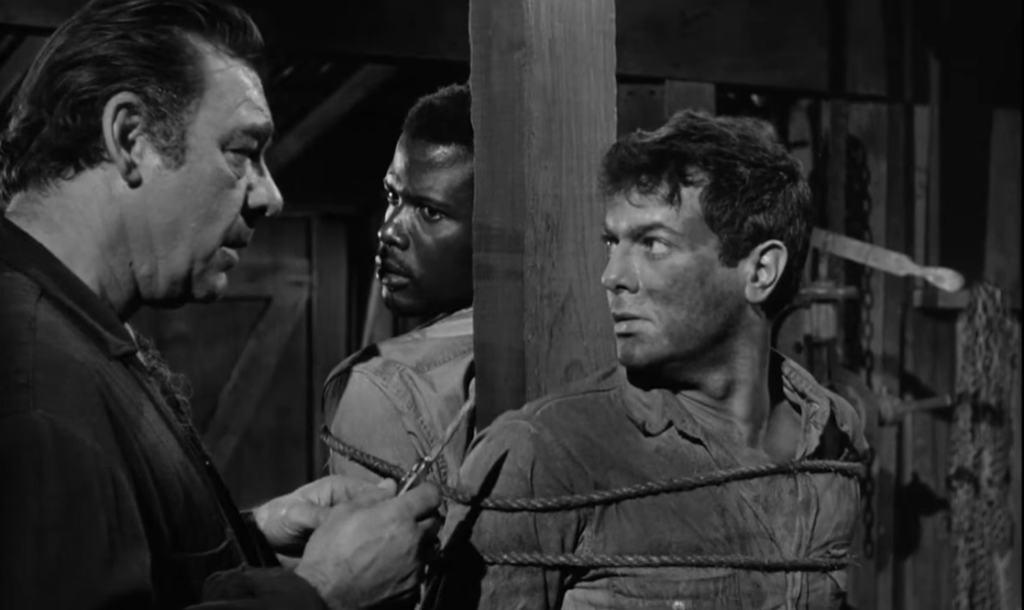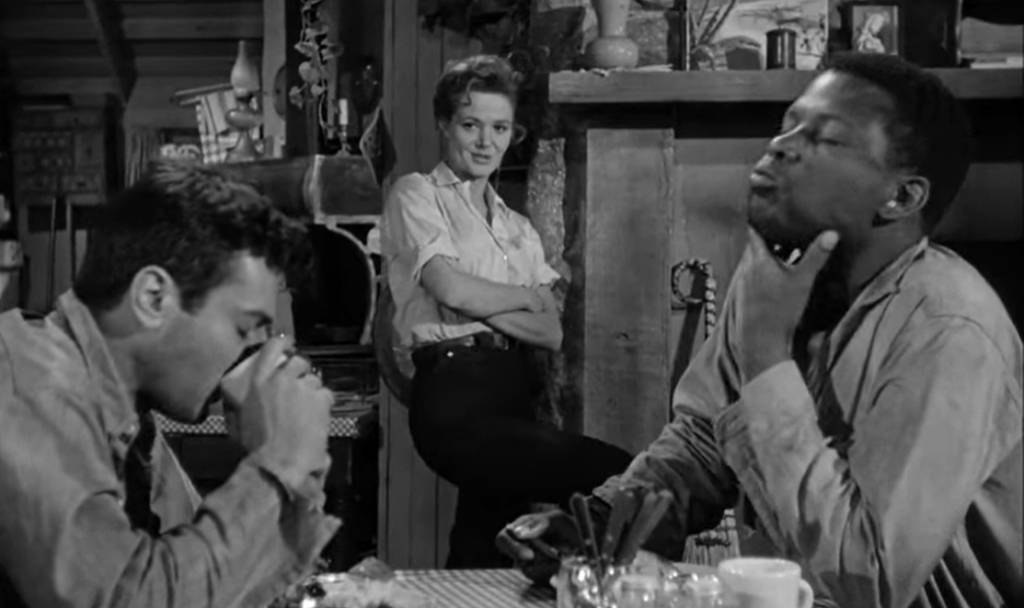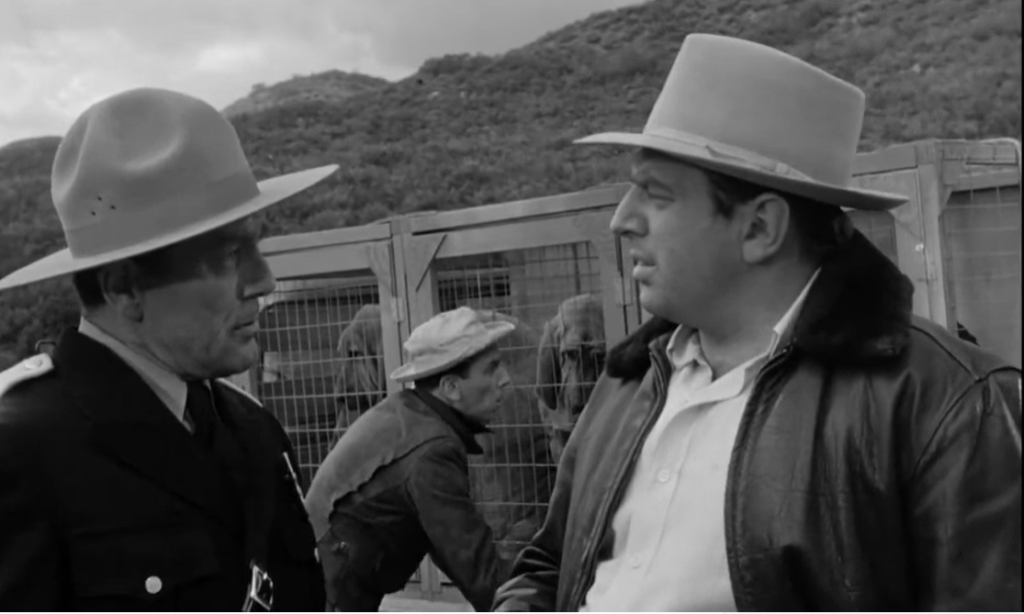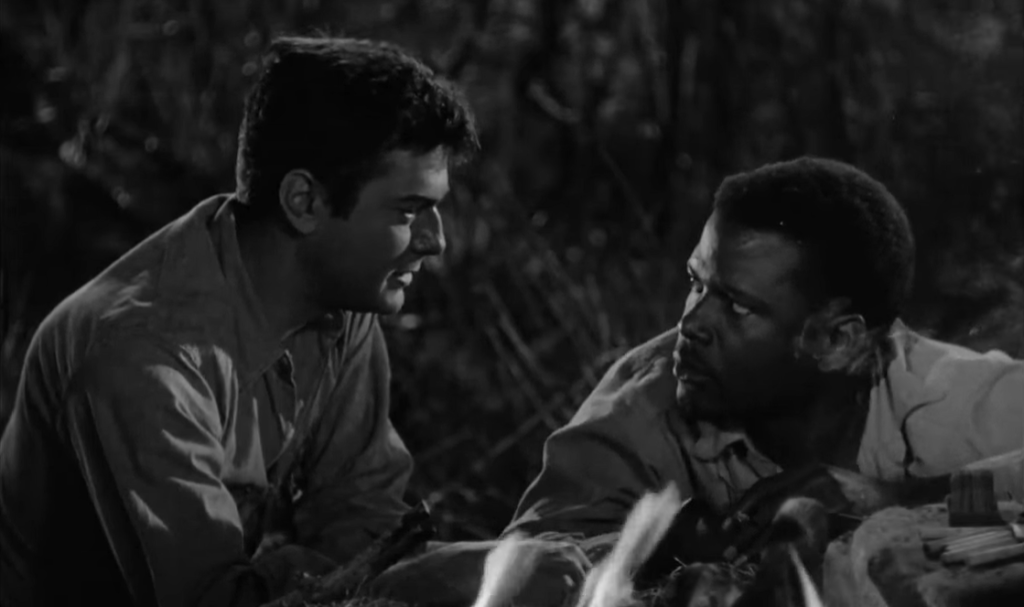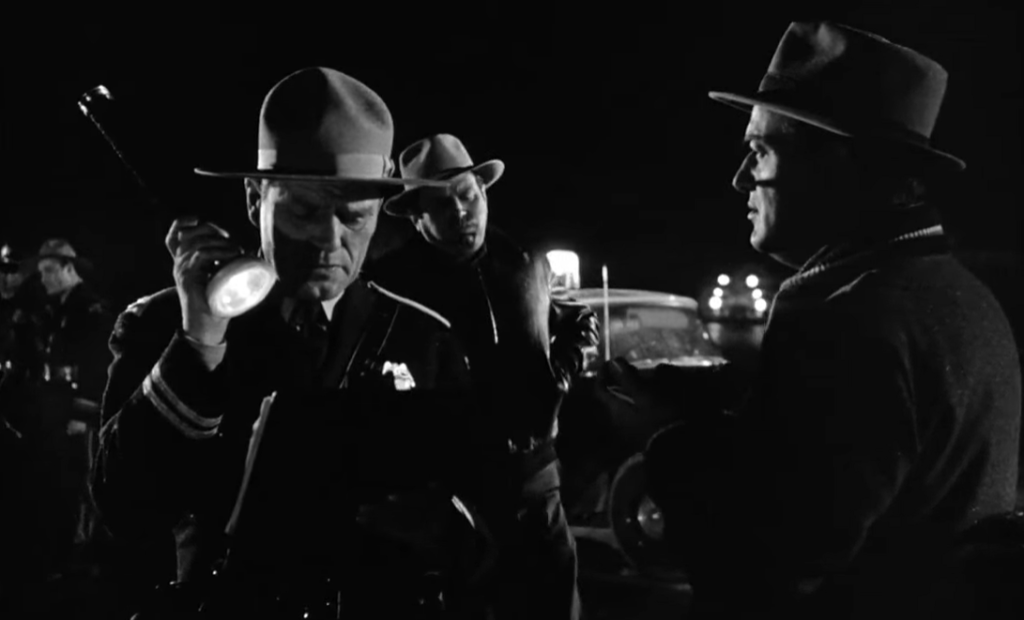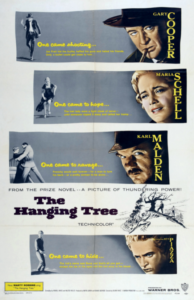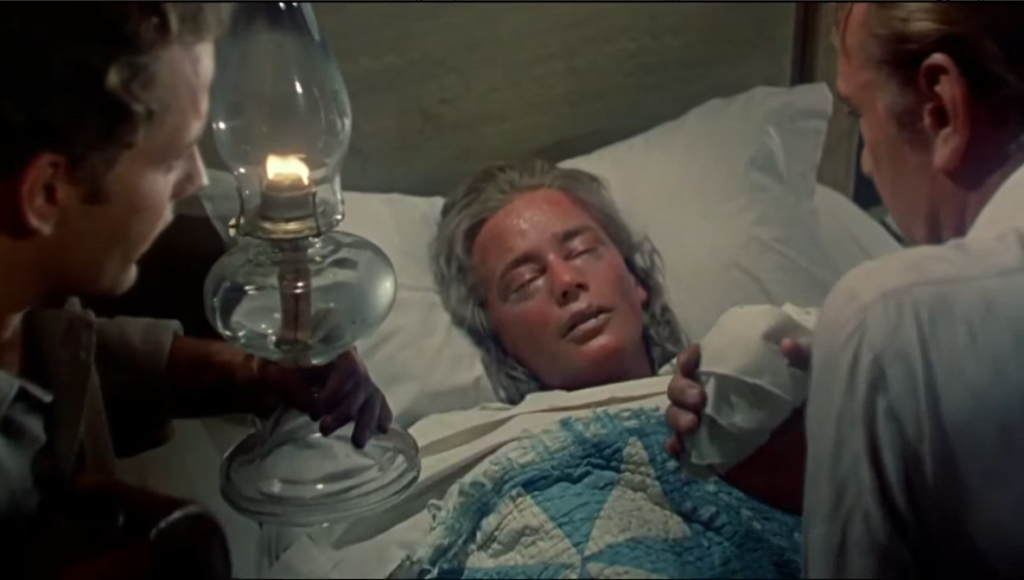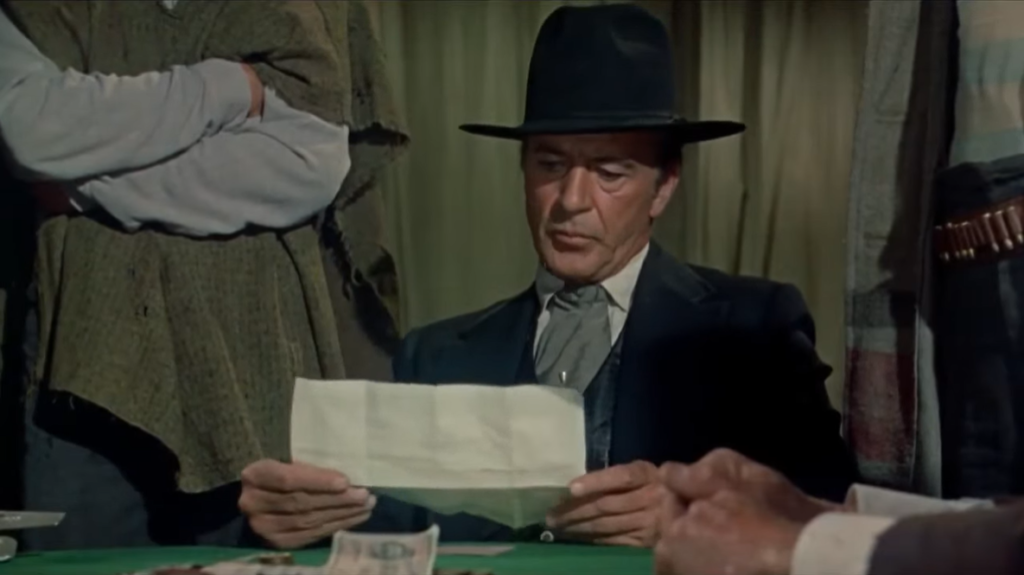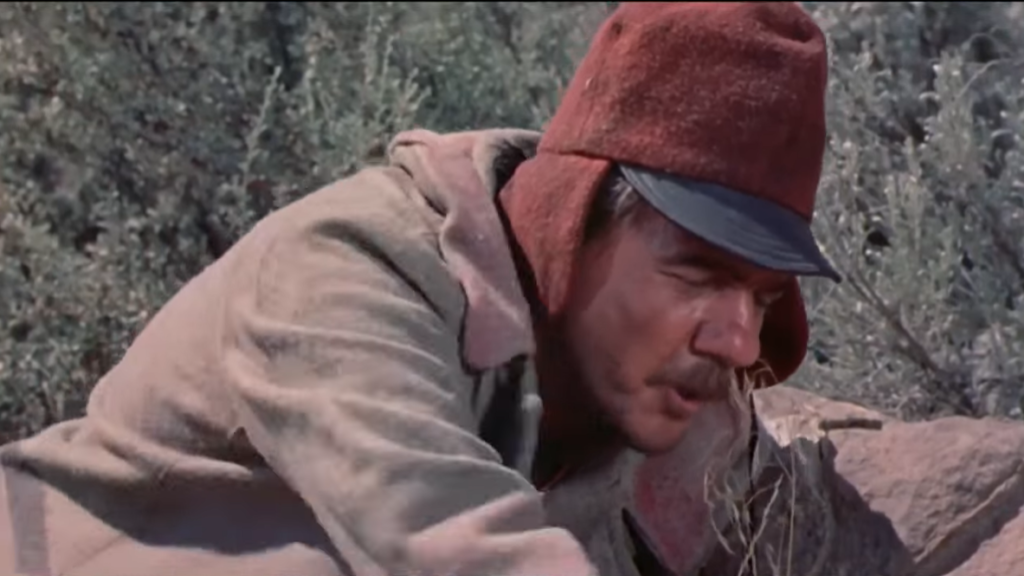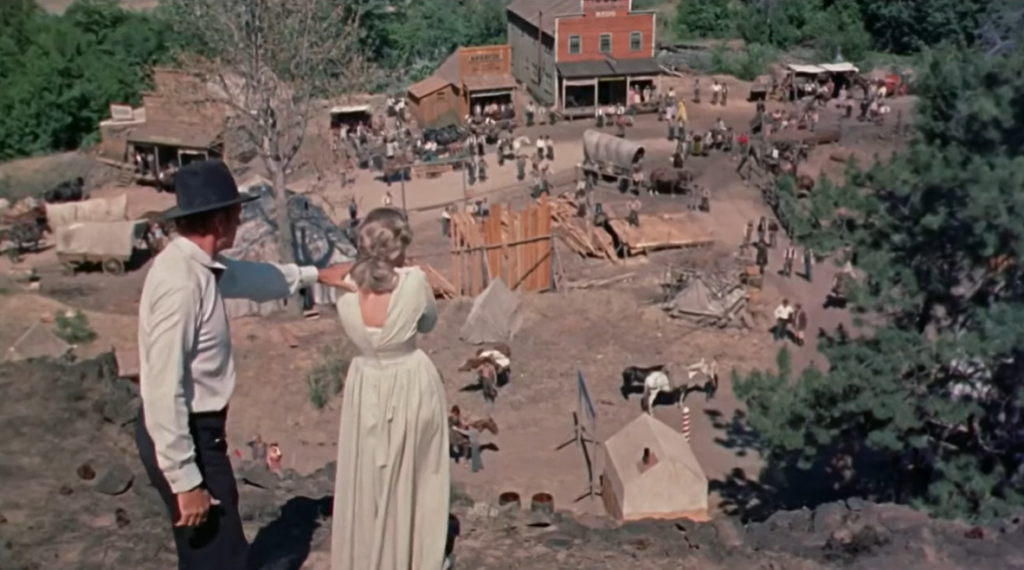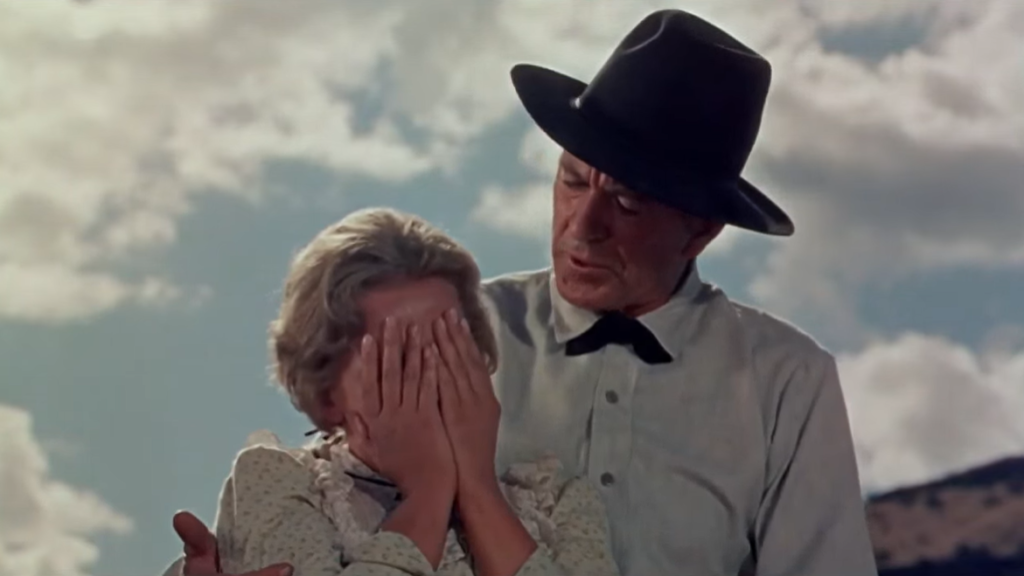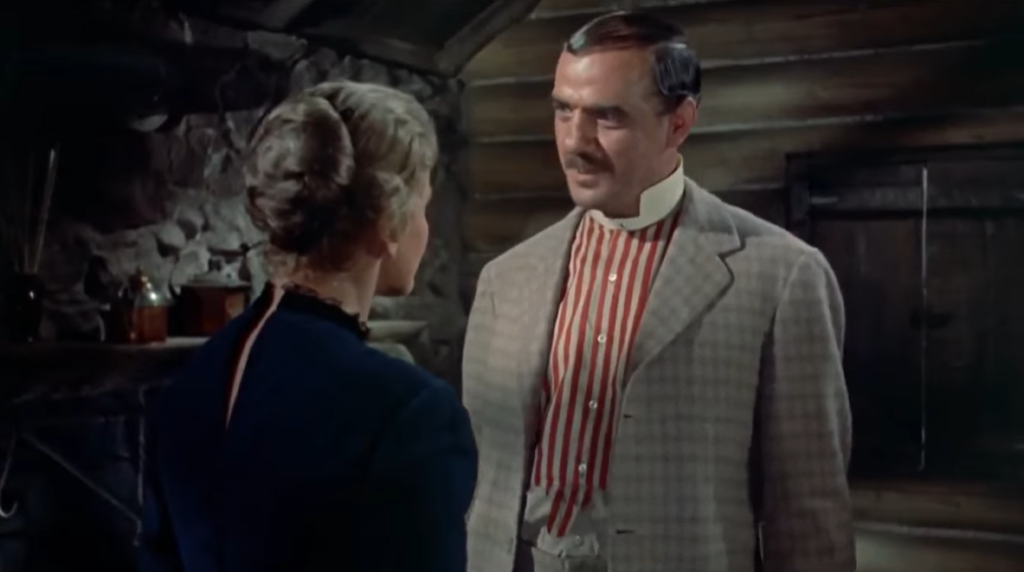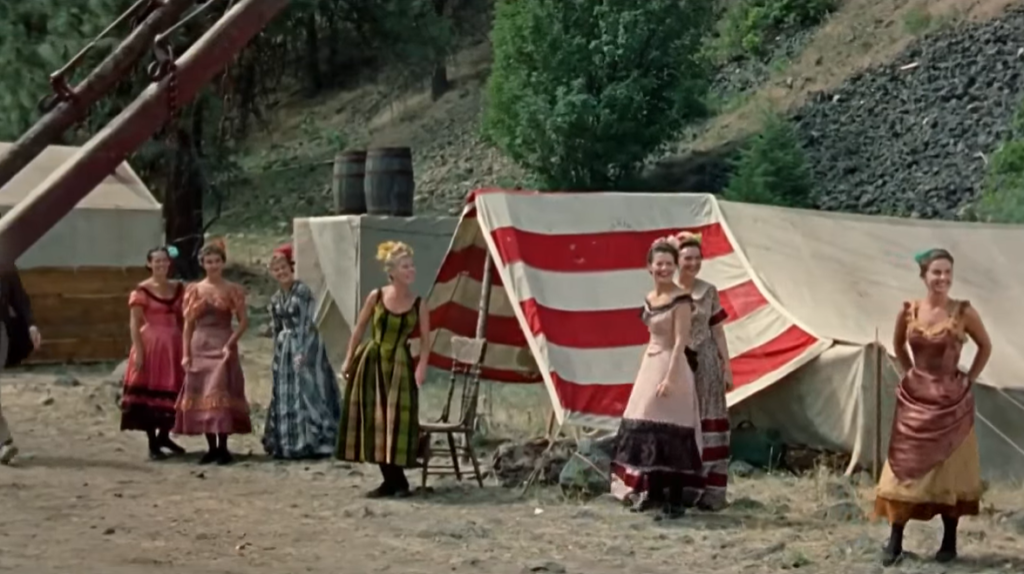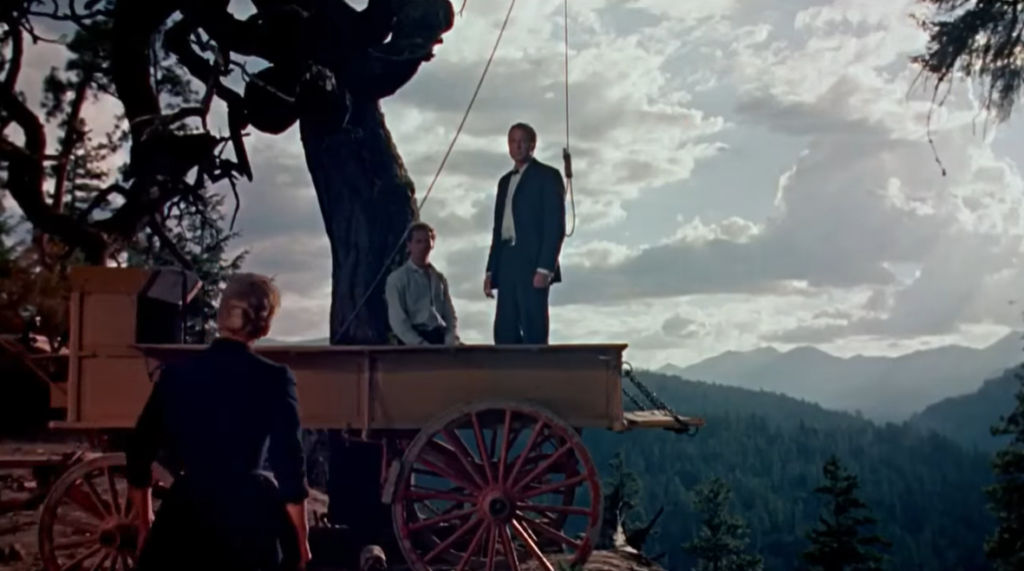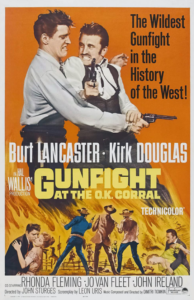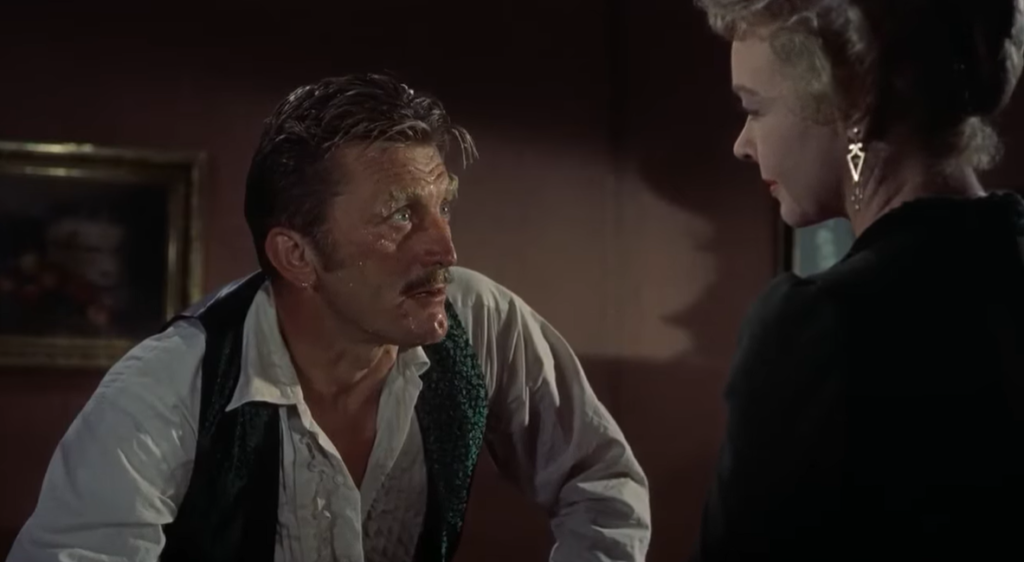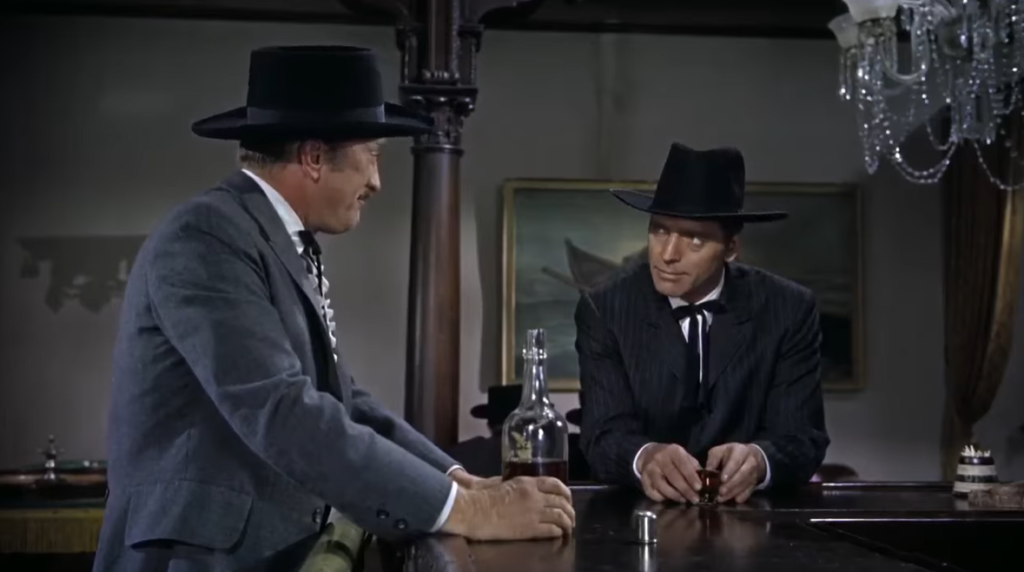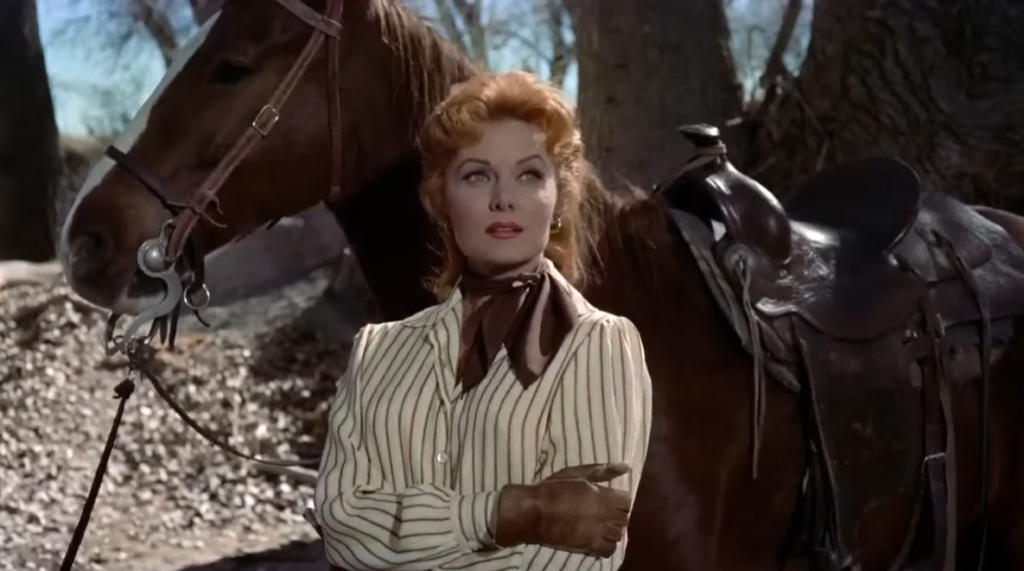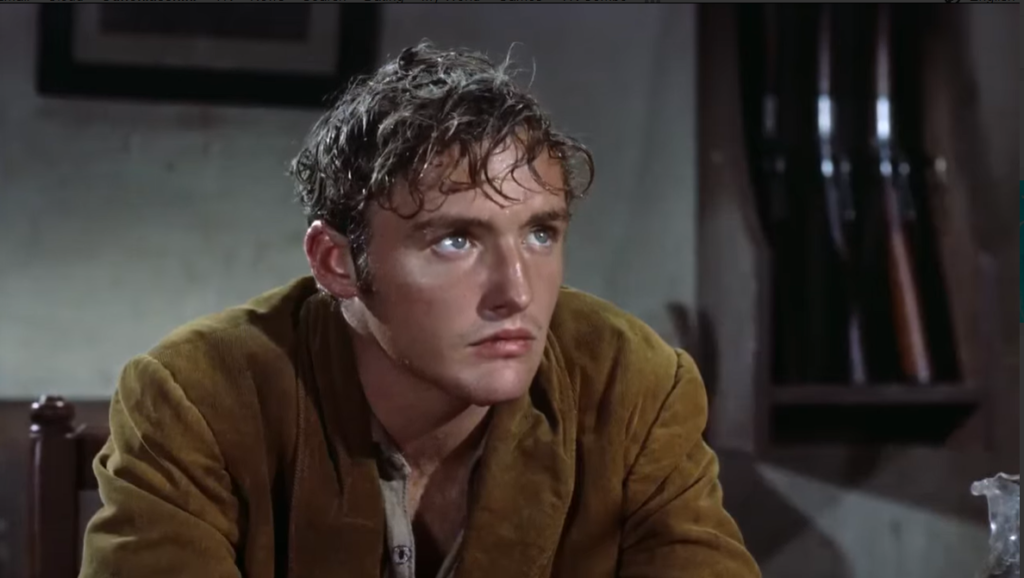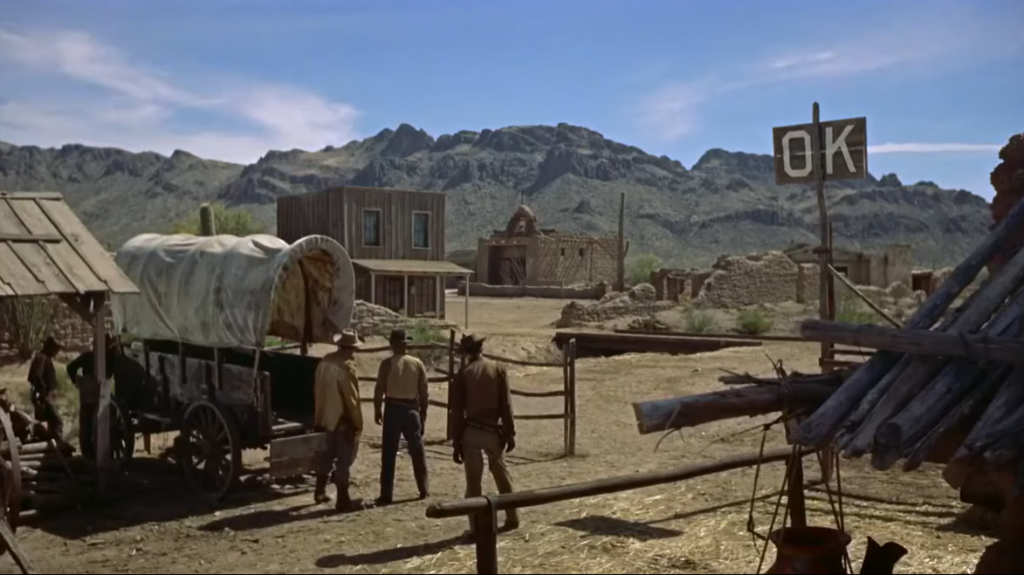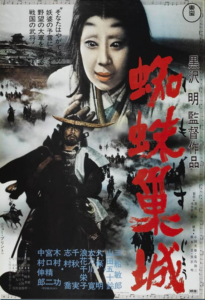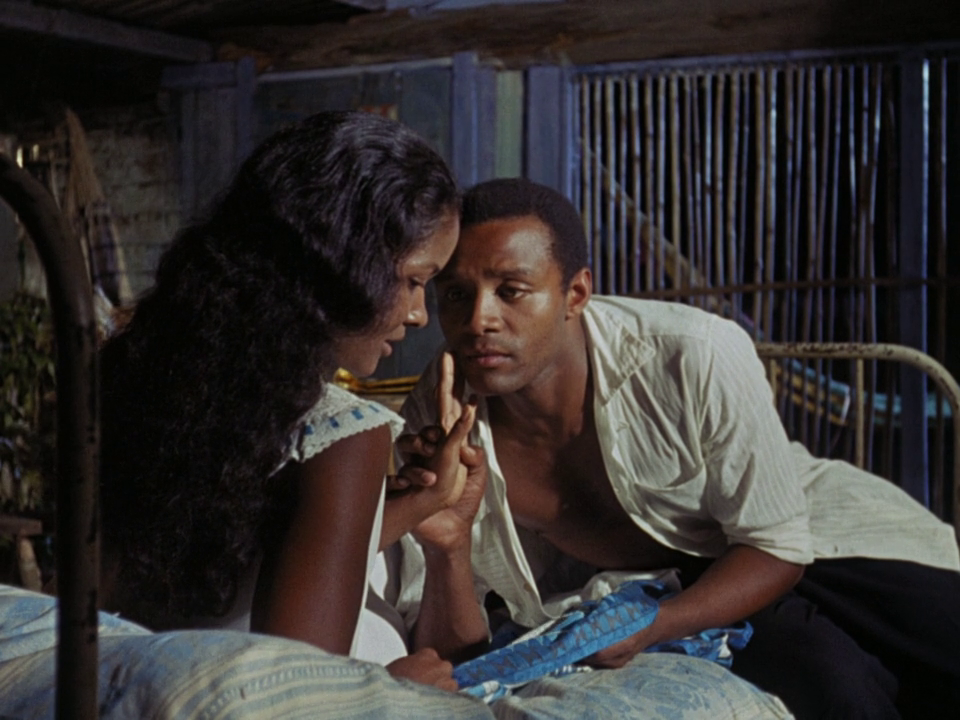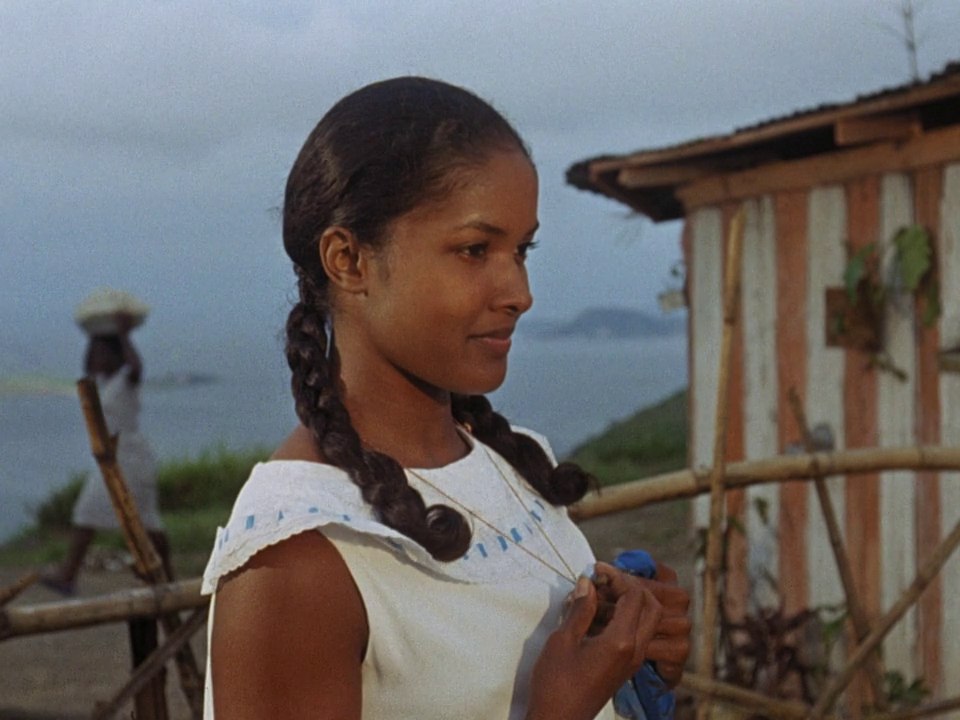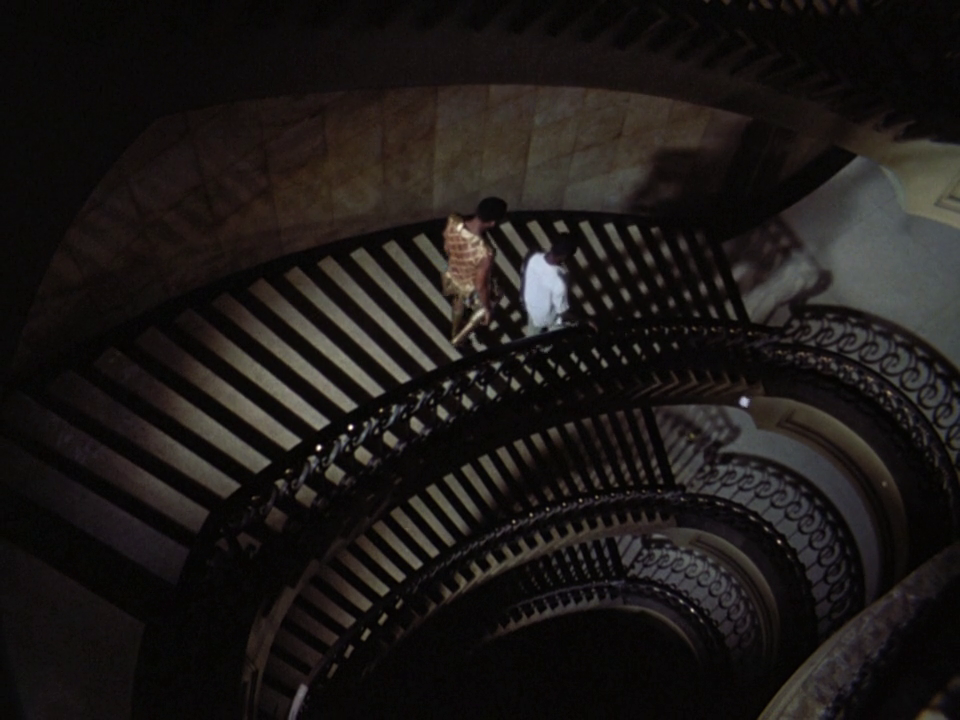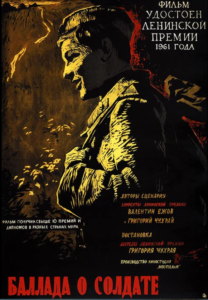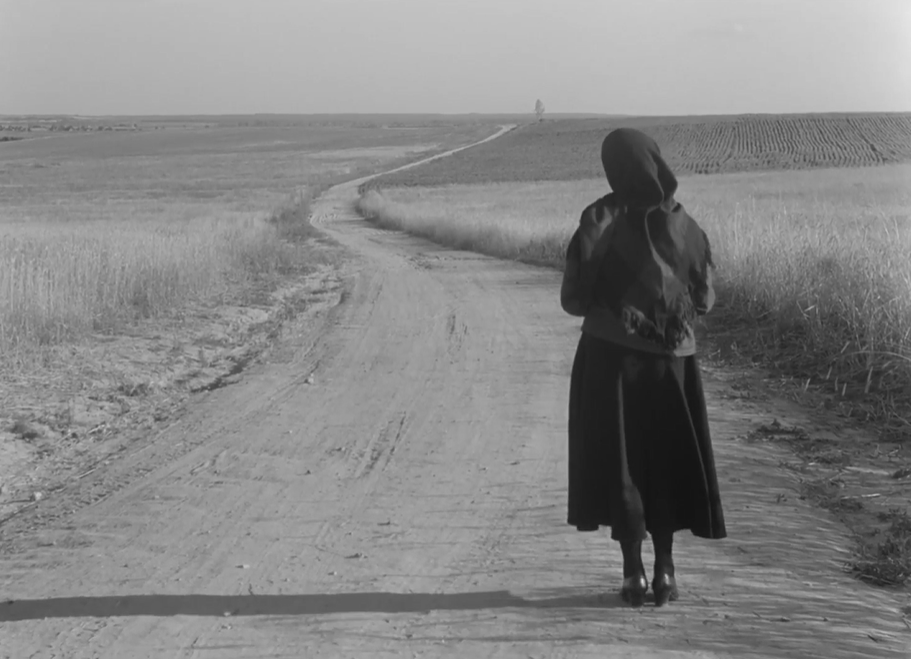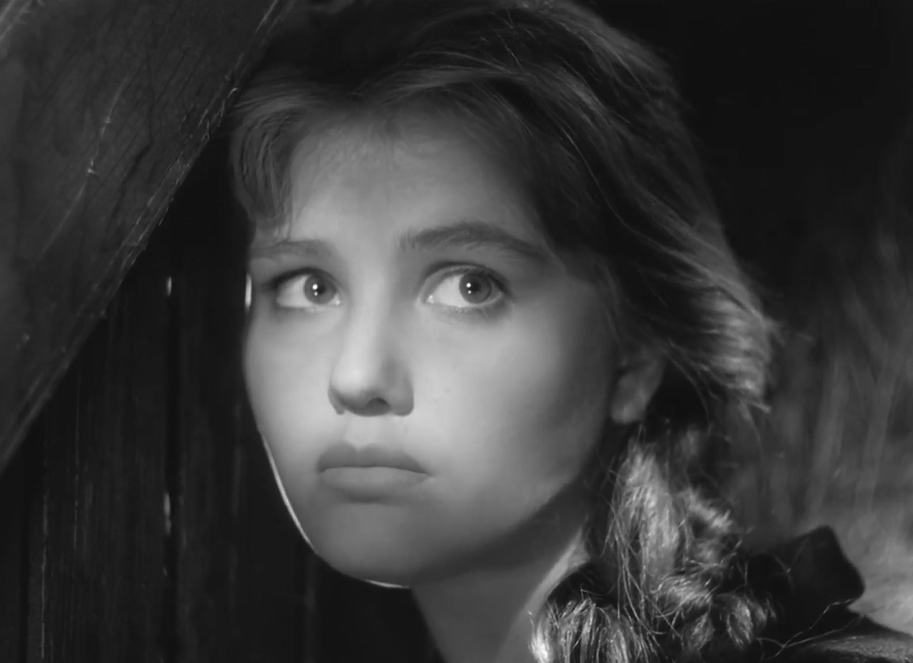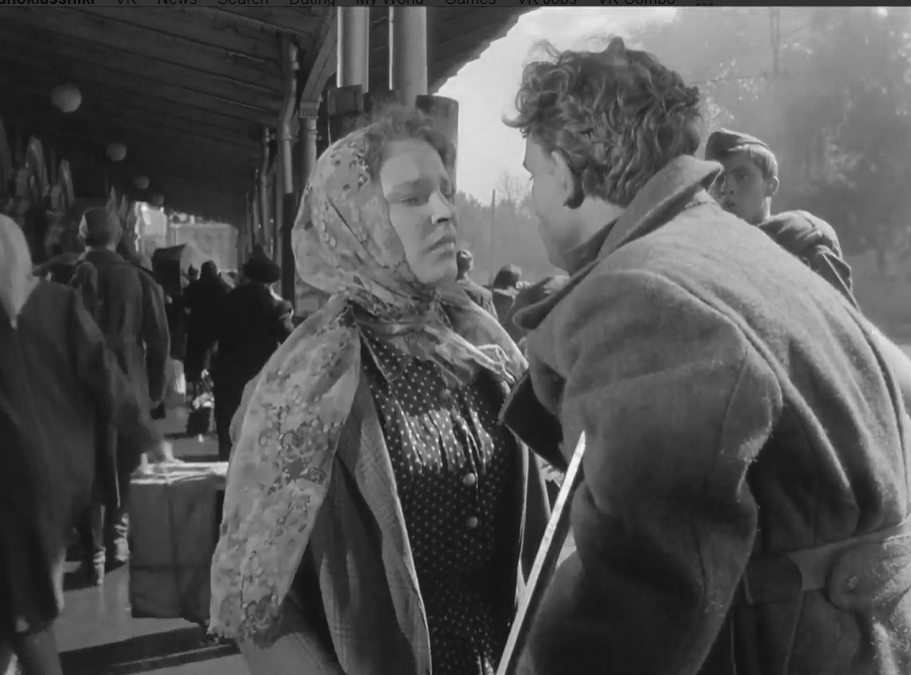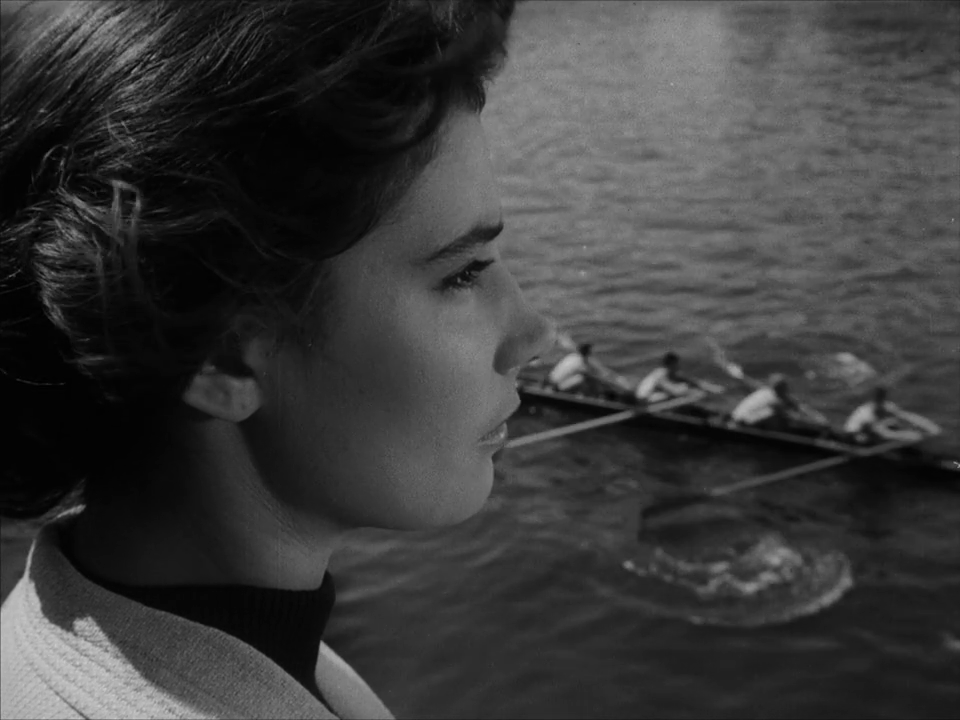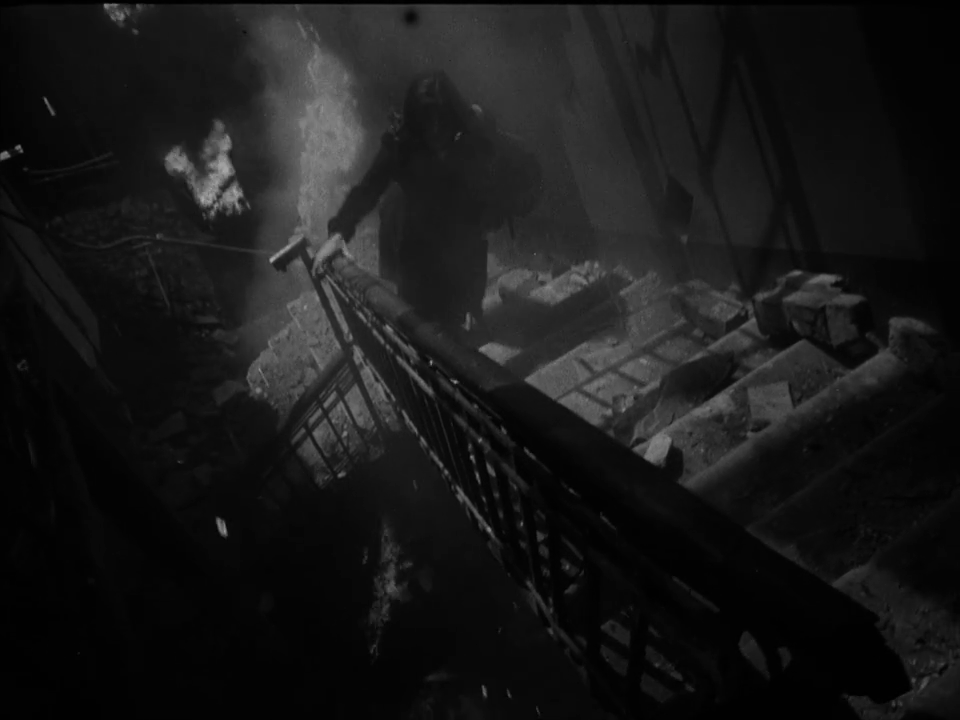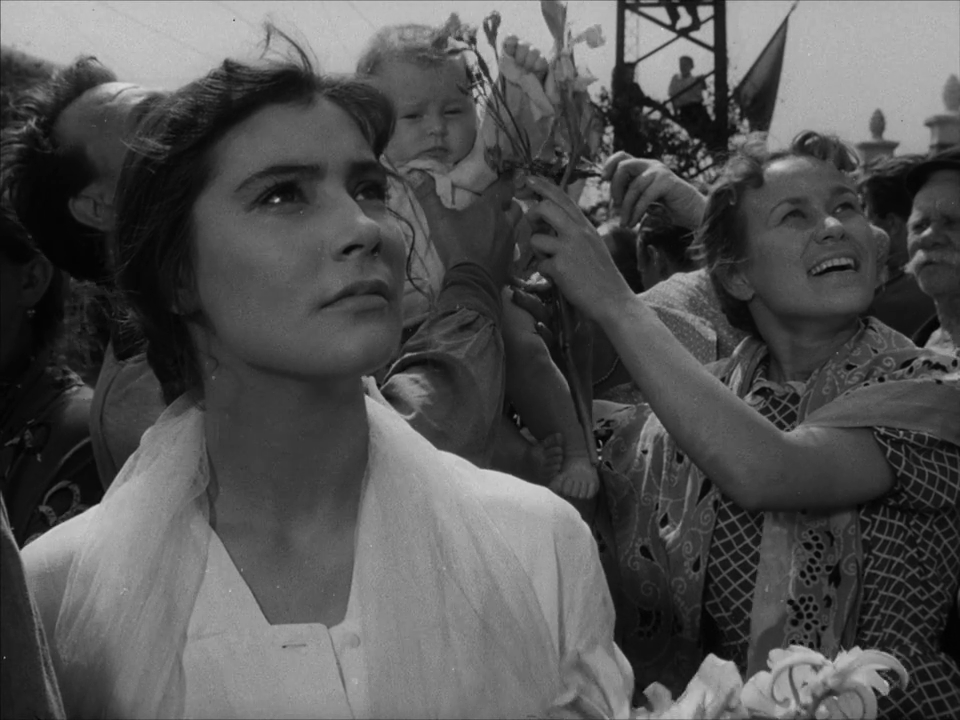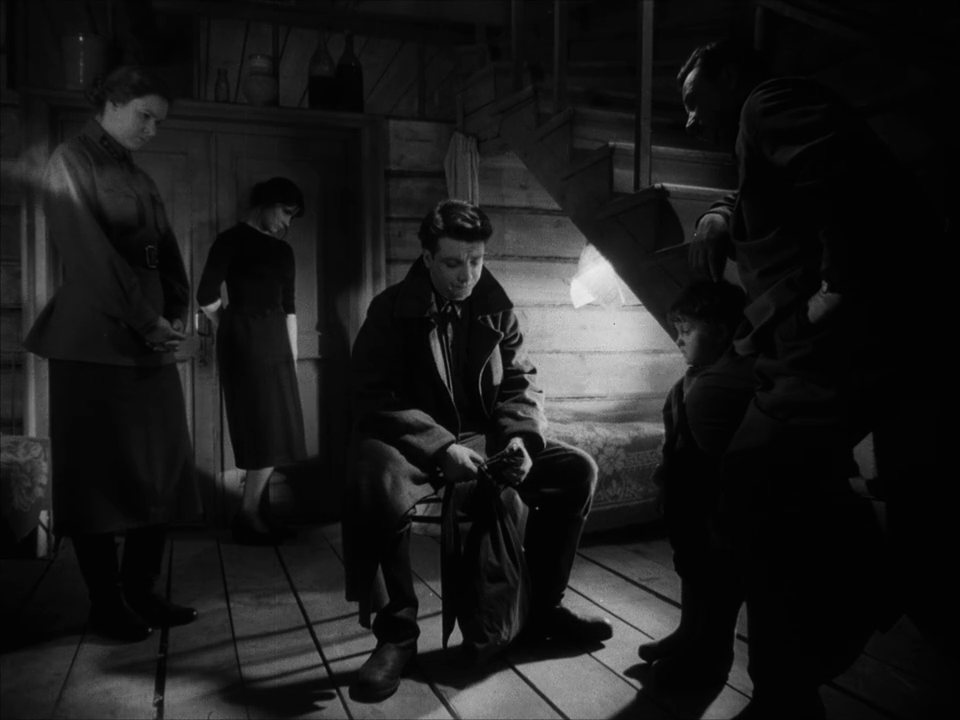|
Genres, Themes, Actors, and Directors:
- Akira Kurosawa Films
- Historical Drama
- Japanese Films
- Royalty and Nobility
- Samurai
- Shakespeare
- Toshiro Mifune Films
Review:
Akira Kurosawa had purportedly wanted to make an adaptation of Shakespeare’s Macbeth for awhile, but delayed this production given the release of Orson Welles’ adaptation in 1948. This highly stylized iteration (incorporating elements of Noh drama) succeeds on its own merits, transplanting Shakespeare’s play from Scotland to feudal Japan, retaining none of Shakespeare’s original text, and replacing the three witches with a forest spirit:
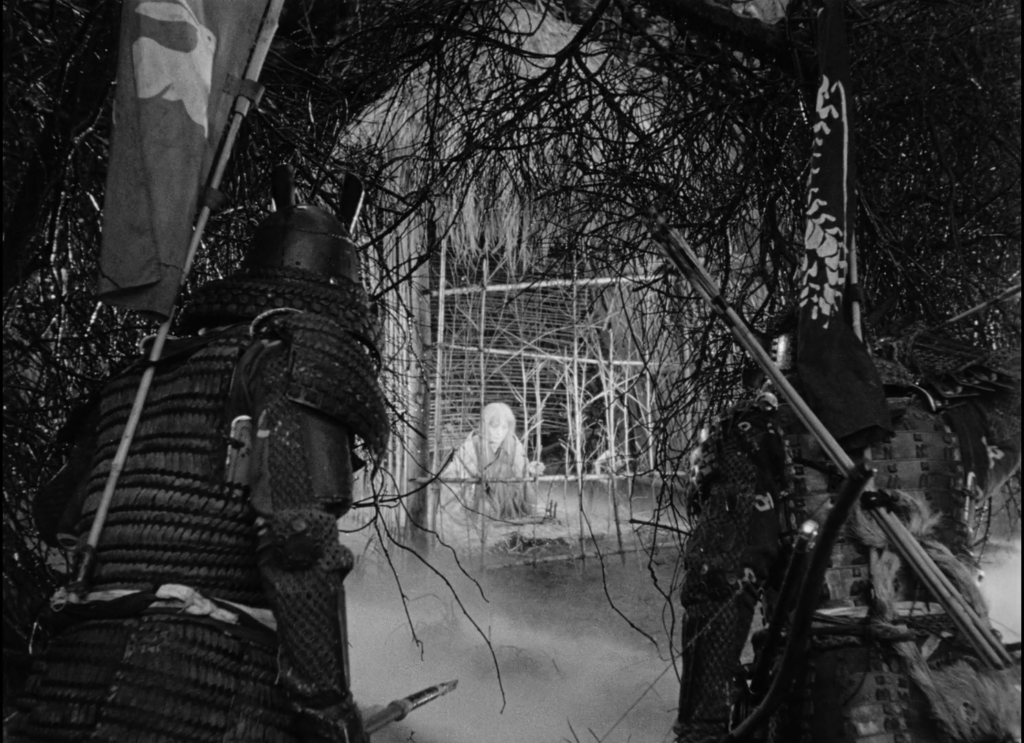
Indeed, as described by film scholar Stephen Prince in his essay for Criterion Collections:
Kurosawa’s movie is a brilliant synthesis of diverse cultural, aesthetic, and historical sources, only one skein of which derives from Shakespeare… Kurosawa often turned to foreign literary works for his films, but in all cases, the result was a transposition of the source rather than anything as straightforward as an adaptation. His appropriations of Shakespeare… were acts more of historiography than of analysis, and descriptions of the films as adaptations minimize the true nature of what Kurosawa accomplished. In Throne of Blood, with his keenly developed sense of Japanese history, he found a kind of mirror universe in the period of turmoil, treachery, and succession battles that Shakespeare wrote about in Macbeth.
Prince goes on to describe Japan’s Sengoku period (1467-1615), “which was marked by internecine conflicts among rival clans, the absence of a central political power, and the kind of treachery, prevarication, and murder that Kurosawa dramatizes” in this film — thus assuring us that the events displayed are entirely authentic to the setting. (It seems, sadly, that war and paranoid power grabs are both universal and timeless among humanity.)
In terms of parallels between the two tales, Washizu’s wife (stoic Yamada) is just as cruelly ambitious and neurotically guilty as Lady Macbeth, attempting in vain to cleanse her hands of the blood she’s caused to spill:
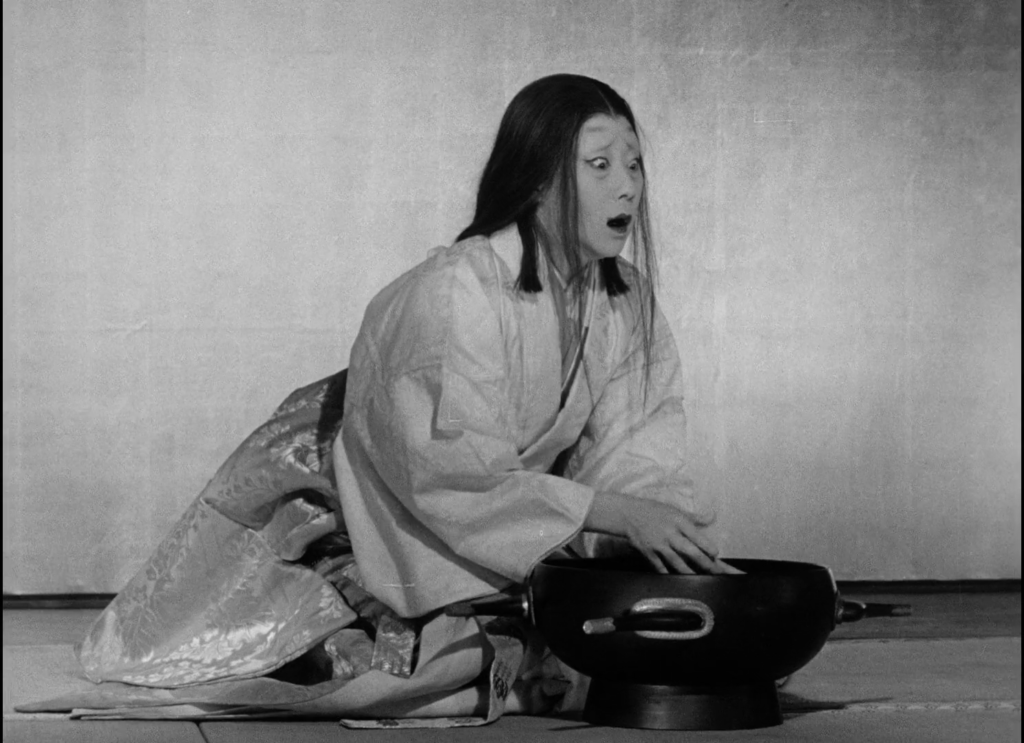
… and while Washizu himself suffers a different type of final blow than Macbeth, it is most definitely fatal (and oh-so-dramatic to watch on-screen).
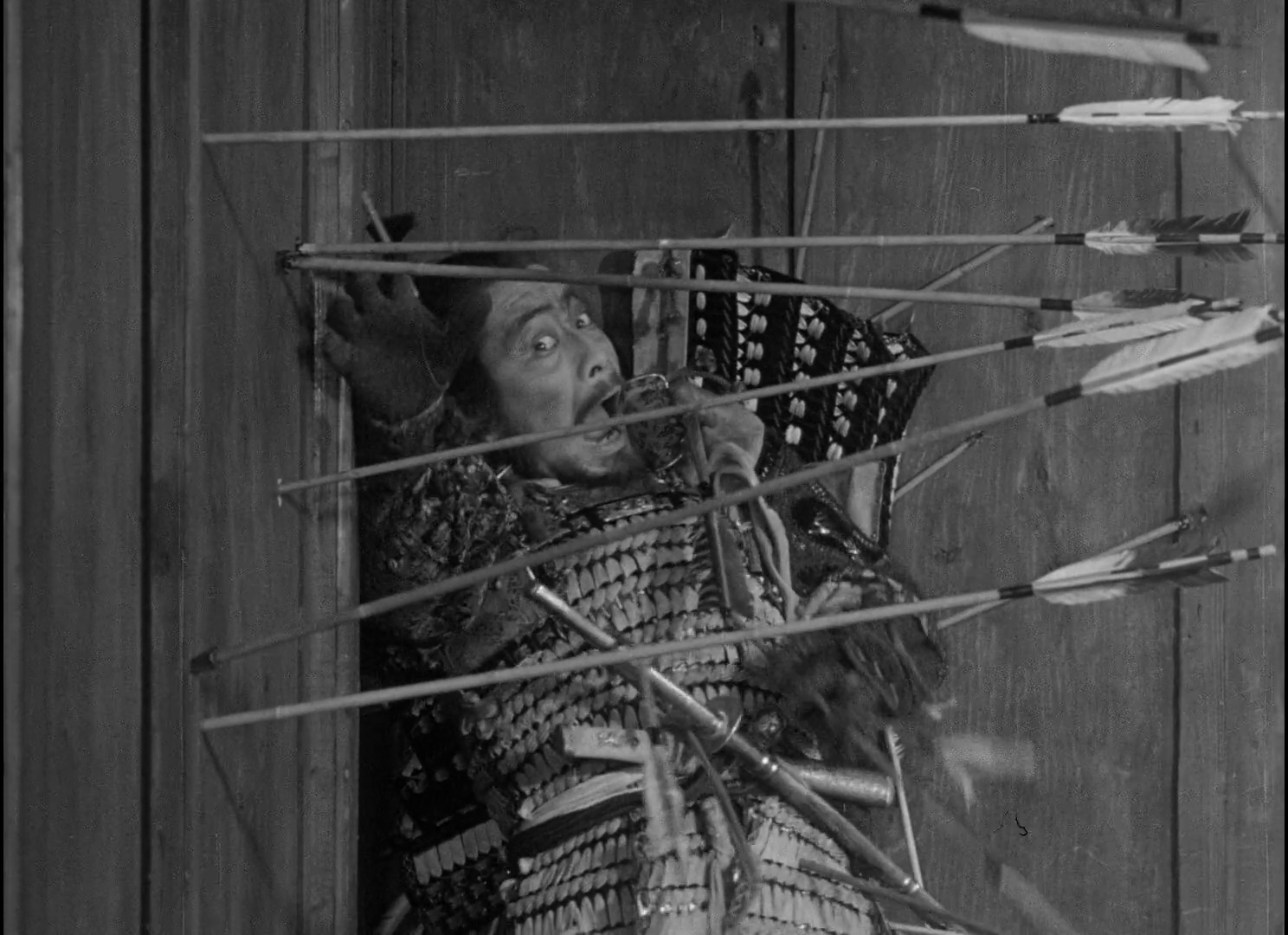
This atmospheric film remains among Kurosawa’s best, and should be seen at least once by all film fanatics.
Notable Performances, Qualities, and Moments:
- Toshiro Mifune as Taketori Washizu
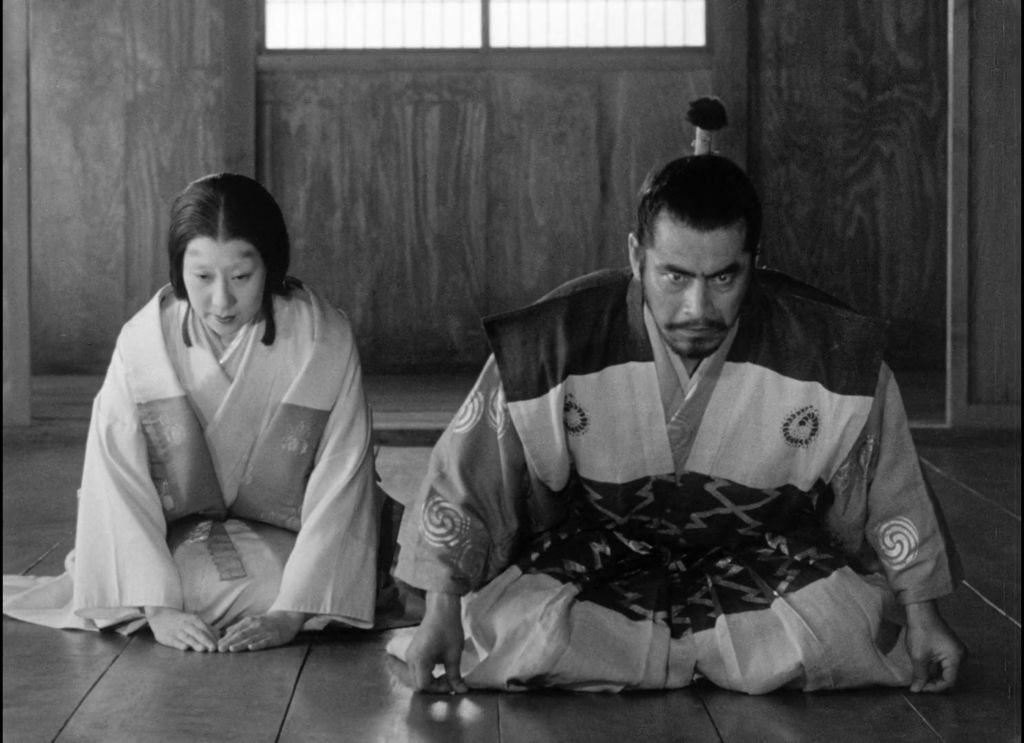
- Atmospheric cinematography and sets
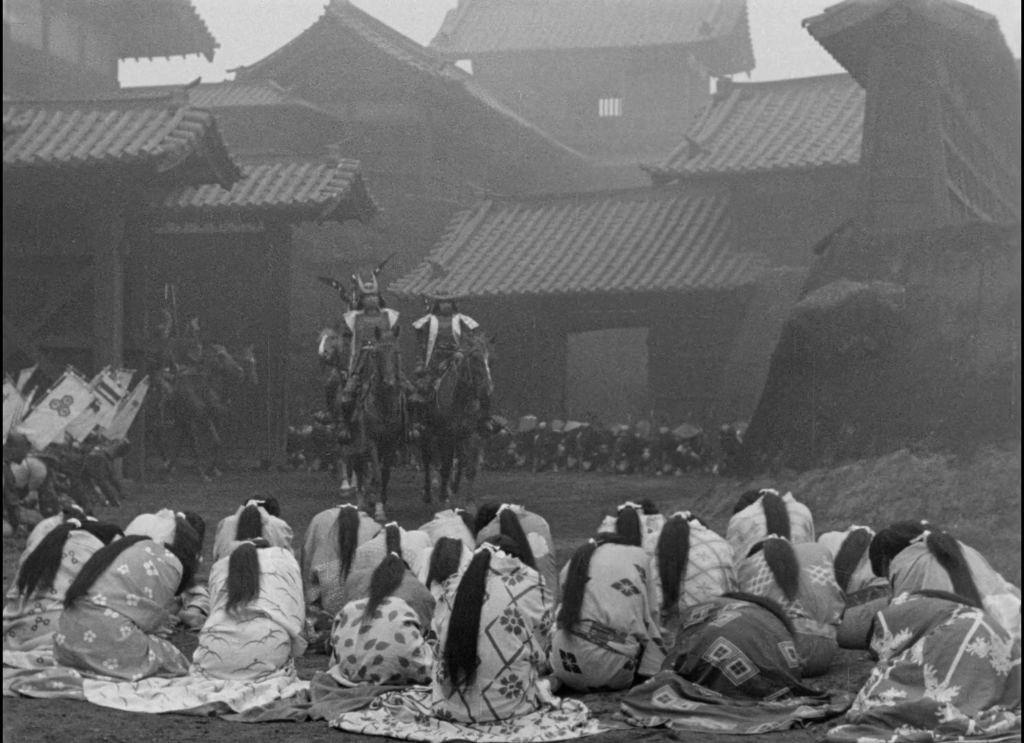
- Eiji Tsuburaya’s special effects

Must See?
Yes, as another masterful outing by Kurosawa.
Categories
- Foreign Gem
- Important Director
(Listed in 1001 Movies You Must See Before You Die)
Links:
|
